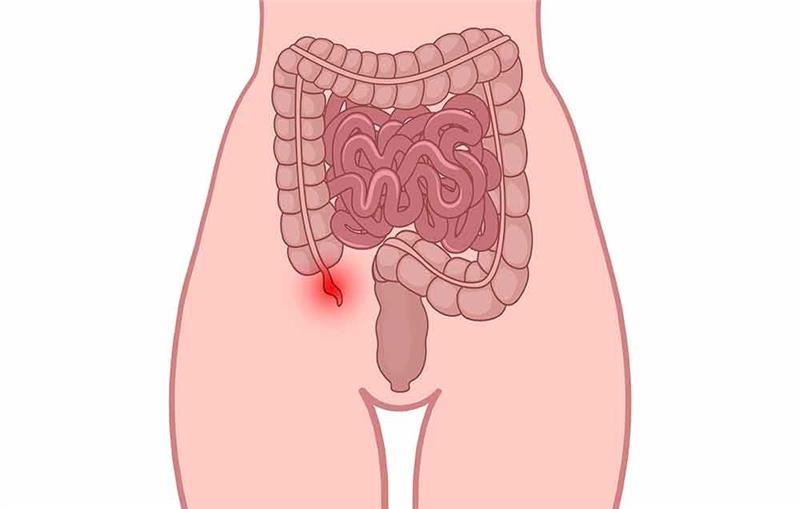Appendicectomy: What Happens Next? - A Guide to Surgery, Recovery, and Aftercare
An appendicectomy, or appendix removal surgery, is a routine procedure performed to treat appendicitis, a condition where the appendix becomes inflamed. If you or someone you know is preparing for this surgery, understanding the process can help make recovery smoother and less stressful.
Before the Surgery
If a doctor diagnoses appendicitis, surgery is often scheduled as soon as possible to prevent complications. Before the procedure, you may need to refrain from eating or drinking for several hours, as this helps prepare your body for anesthesia. Certain medications that could affect blood clotting may need to be stopped, so your doctor will provide guidance on what to avoid. Blood tests and imaging scans are typically conducted to confirm the diagnosis and assess the condition of the appendix.
There are two primary surgical approaches for removing the appendix. Open appendicectomy involves making a larger incision in the abdomen, while laparoscopic (keyhole) surgery uses smaller incisions and a camera to guide the procedure. The laparoscopic method is generally preferred as it is less invasive and allows for a quicker recovery.
The Surgery Process
The operation typically lasts between 30 to 60 minutes under general anesthesia. In laparoscopic surgery, the surgeon makes small incisions in the abdomen to insert specialized instruments and a tiny camera, which provides a clear view of the appendix. This technique minimizes damage to surrounding tissues and speeds up healing. However, if the appendix has ruptured or there are complications, an open surgery may be necessary to ensure thorough cleaning of the abdominal cavity.
Recovery After Surgery
Immediately After Surgery
Following the procedure, you will be taken to a recovery room where medical staff will monitor your condition as the anesthesia wears off. Pain relief will be administered as needed, and you may experience mild discomfort or drowsiness initially. In most cases, patients who undergo laparoscopic surgery can return home within 24 hours, whereas open surgery may require a hospital stay of a few days to ensure proper recovery.
Healing at Home
Mild pain and discomfort are common after surgery, but prescribed painkillers will help manage this. Initially, it is best to start with light meals before gradually transitioning back to a normal diet. Rest is important, but short walks are recommended to improve circulation and prevent complications like blood clots. It is essential to avoid heavy lifting and strenuous activities for a few weeks to allow the incisions to heal properly. Keeping the surgical site clean and dry is crucial in preventing infections, and any dressings should be changed as instructed by your doctor.
Warning Signs to Watch For
While most recoveries are smooth, certain symptoms may indicate complications. A persistent high fever, increasing abdominal pain or swelling, or redness and pus at the incision site may suggest an infection. Nausea, vomiting, or difficulty passing gas or stool could also indicate a problem. If any of these symptoms arise, immediate medical attention should be sought.
Getting Back to Normal Life
The time required for a full recovery varies depending on the type of surgery. Most people can resume normal activities within two to four weeks, though some may take longer. Your doctor will schedule follow-up visits to monitor your healing progress and provide additional guidance. If the appendix was severely infected or had ruptured, antibiotics or further care may be necessary to ensure a complete recovery.
Conclusion
An appendicectomy is a common and safe procedure with a high success rate. At Jothi Hospital, we ensure that patients receive expert care every step of the way. Knowing what to expect before, during, and after surgery can make the experience less daunting and promote a smoother recovery. Following your doctor’s instructions, paying attention to your body’s signals, and allowing yourself adequate time to heal will help you regain your normal routine safely and comfortably.


